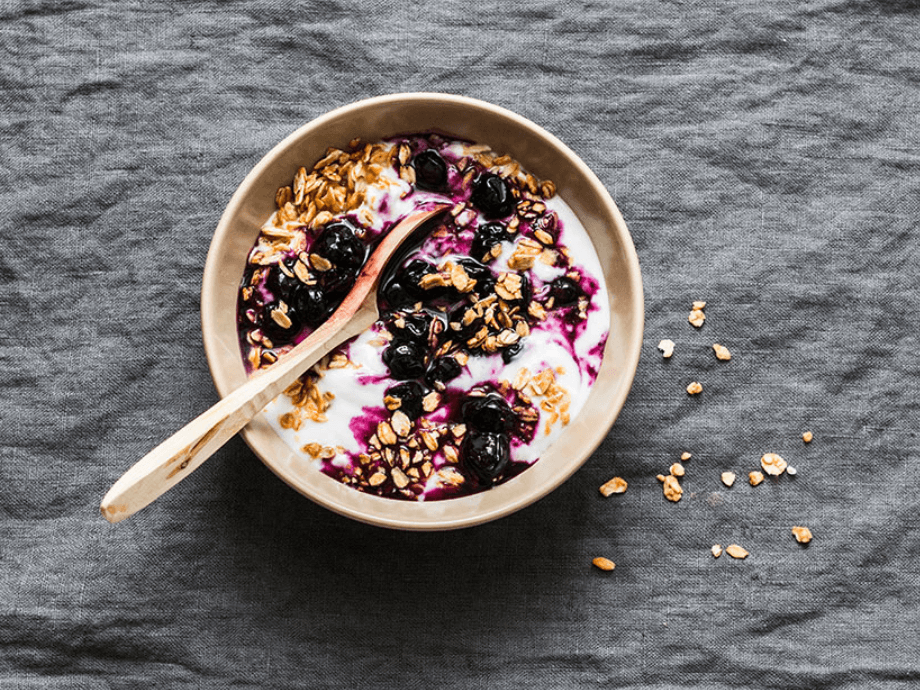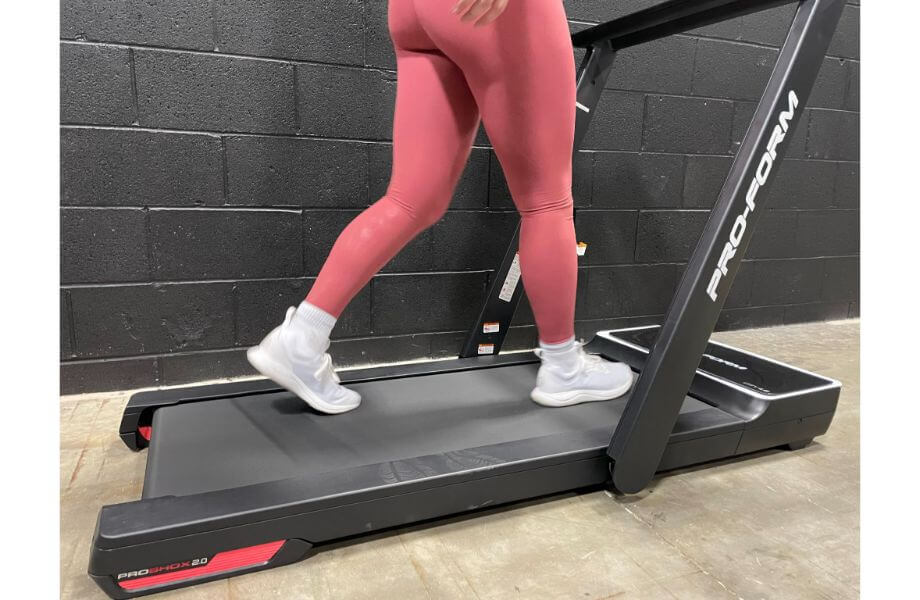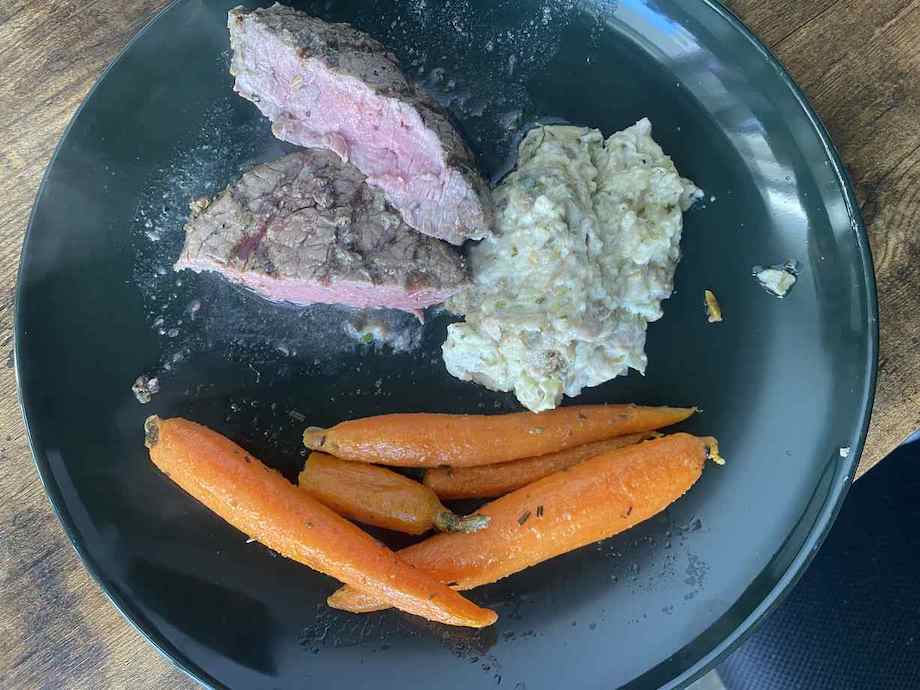Supplements containing prebiotics, probiotics, and postbiotics are some of the most popular powders and capsules on the market today, but like other key vitamins and minerals, these gut-boosting bacteria can also be found in tasty, nutrient-dense whole foods. While your source of probiotics does not seem to matter—as long as you secure the correct strains—it can be beneficial to seek out fermented foods and other dietary components containing active cultures over relying solely on daily pills or powdered compounds.
From keeping costs low to consuming a variety of different bacteria strains for a diverse gut microbiome, probiotic-rich foods can be a simple, effective way to target your gut health during meals. But what foods have probiotics? In this helpful guide, we’ll define what probiotics are, examine some key terms to consider, and develop a menu of dishes and treats rich in “good” bacteria. Since our probiotic experience leans more toward the supplement side of consumption, we’ve also taken insight from our roster of experts for more details and worthwhile tips. Ready to ring the dinner bell? Let’s get started.
What Are Probiotics?
To understand what probiotics are, we first have to understand what our body’s microbiome is. There are thousands of bacteria living in our body, though when we talk about probiotics specifically, we are usually referring to gut microbiota. Other common body areas that house bacteria include the skin, mouth, and essentially any surface that’s exposed to the outside world.
This population of bacteria living within our digestive tract is called our microbiome, and every athlete’s microbiome is unique. Probiotics—also referred to as “beneficial bacteria”—are the bacteria strains we consume through food, drink, or supplementation.
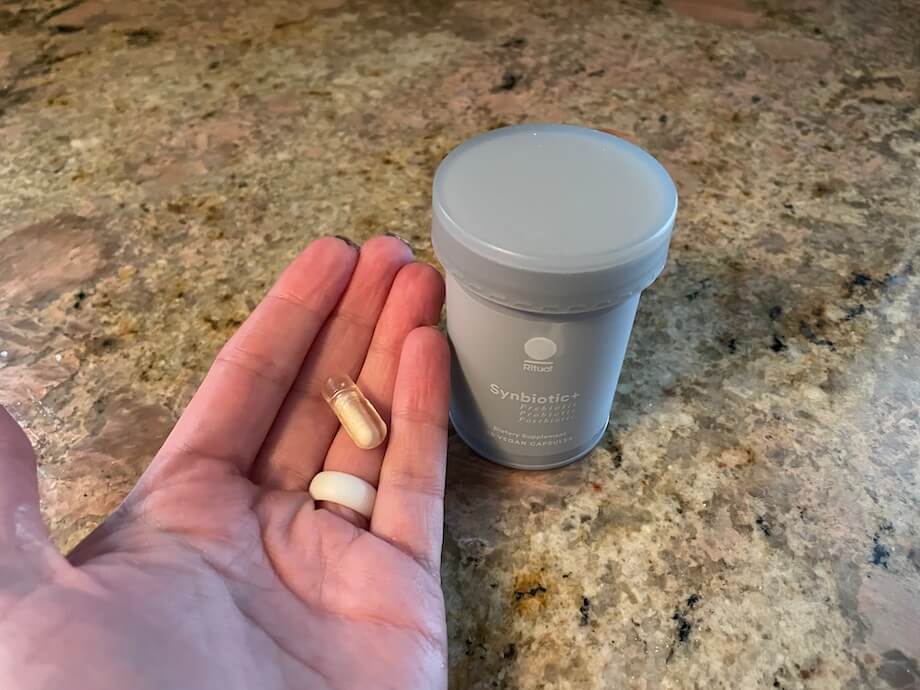
It is important to note, too, that not all bacteria strains can be classified as probiotics. To be considered a probiotic bacteria, a bacterium must meet the following requirements:
- It must not make you ill when consumed
- It must be able to survive in your gut after consumption
- It must offer some noticeable health benefits
For these reasons, probiotics have become some of the most buzzworthy topics in recent years when it comes to nutrition and health, specifically in conversations surrounding gut health and wellness. GGR Chief Medical Advisor, Dr. Raj Dasgupta, MD, FACP, FCCP, FAASM, points out that as these trends grow and prosper, so do the sales and popularity of the best probiotic supplements.
“Probiotic supplements can help those with digestive problems, IBS, or weakened immune systems,” Dr. Dasgupta says. “By restoring and maintaining gut flora, they can improve digestion as well as support immune function.”
Probiotics are classified according to their genus, species, strain, and subspecies. Most probiotic foods and capsules contain microbes from the following genera: Bacillus, Bifidobacterium, Enterococcus, Escherichia, Saccharomyces, and Streptococcus, as well as strains from the Lactobacillaceae family. All of these strains, as well as other probiotic bacterium, can offer their own unique benefits to human health.
Colony-Forming Units, Defined
Colony-forming units, or CFUs, are a measure used to estimate how many viable bacteria or yeast particles are present in a supplement and how efficiently they can multiply and form colonies in a sample—in this case, your gut. Basically, it measures a product’s concentration of live probiotics or “potency” of live cultures. When choosing a probiotic supplement, it’s important to note that a higher CFU count does not necessarily mean the supplement will be more effective. In fact, consuming high-CFU profiles can potentially lead to side effects such as bloating, GI distress, or headaches, among others, as your body learns to adapt to the increased presence of unrecognized microbes.
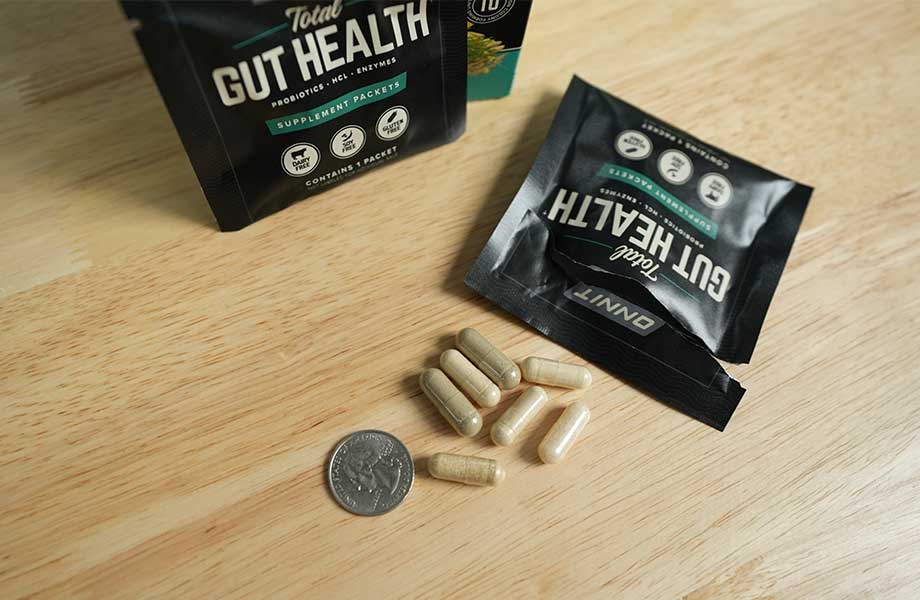
The most important factor is the strain the product provides, and if other strains are included that complement one another to potentially enhance the effects and promote further health benefits. Figure out which strains provide the perks you’re looking for or ask your healthcare provider which bacteria forms are most appropriate for your health and wellness.
Top Foods with Probiotics
“If you take a probiotic supplement or consume foods that contain good bacteria, you may benefit from improved digestion, increased nutrient absorption, stronger immunity, and relief from gastrointestinal disorders such as diarrhea and irritable bowel syndrome,” highlights Dr. Raj Dasgupta, MD.
Studies1 have indicated, too, that fermented foods and probiotics in the form of dietary supplements are similarly effective in terms of being efficient carriers of beneficial bacteria. However, it’s been concluded that consuming probiotics from food is likely the more optimal way to use probiotics to promote human health.
RELATED: Best Prebiotics
Additionally, we need to remember that most probiotic foods, unlike supplements, tend to contain other health-promoting compounds like fiber, antioxidants, and micronutrients. As such, there are a number of probiotic foods, as well as foods that contain live cultures, worth considering when building out your weekly menu. Below are a few of our favorites.
Yogurt
If you’re looking for a quick food solution to improve your gut health, yogurt can be a simple, sweet treat. Yogurt typically contains the probiotic strains Lactobacillus and Bifidobacterium, which play a big role in balancing the population of gut microbiota. While dairy yogurts are required by law to contain Streptococcus and Lactobacillus, non-dairy options sourced from cashews and coconuts are also becoming popular probiotic sources.
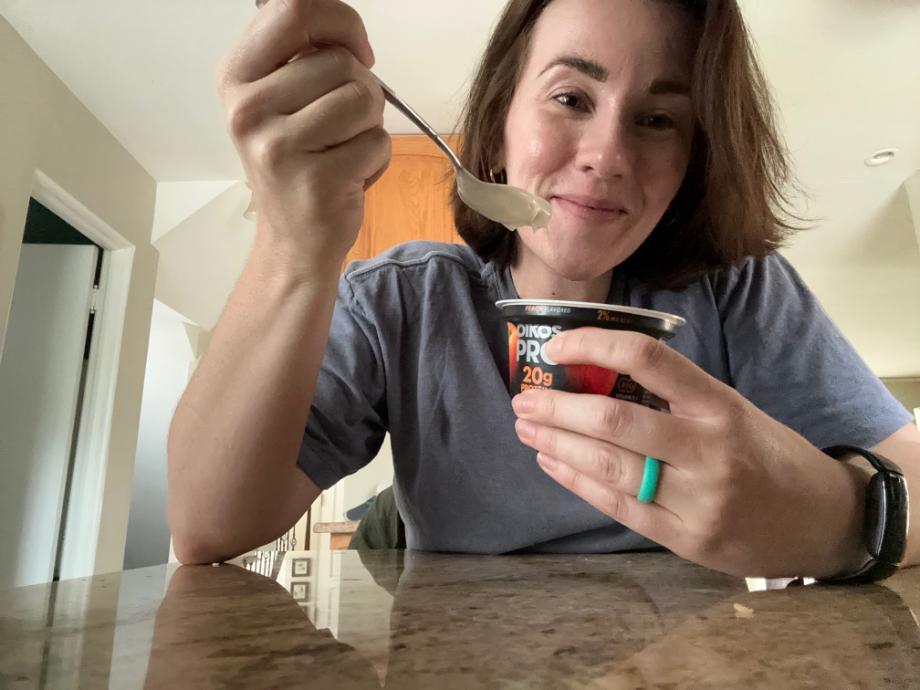
The live cultures in dairy-based yogurt ferment by breaking down the lactose in dairy. Non-dairy yogurts, on the other hand, can still contain live cultures, but have very different species and quantities. Additionally, there are no regulations regarding probiotic sources in non-dairy yogurt, so you’ll need to pay close attention to nutrition facts labels if you’re consuming this snack to support your gut microbiome.
Kefir
Kefir is also a fermented milk product very similar to yogurt, but it’s typically consumed as a beverage given its thinner consistency. Kefir also has a high protein content and contains the same probiotic strains as yogurt, but may contain a higher quantity of them. This is why you may experience a more sour, tangy flavor with this beverage in comparison to a dairy-based yogurt.
Buttermilk
Your favorite partner to pancakes, buttermilk is made when bacterial cultures ferment the lactose in milk—a very simple process in comparison to other probiotic-rich dairy products. Note, too, that while homemade buttermilk is a thing, we recommend opting for a store-bought solution for the sake of probiotics content. Typical at-home recipes simply call for adding lemon juice or vinegar to milk, which does not promote fermentation but, instead, curdles the milk proteins.
Kimchi
Kimchi is a Korean food typically served as a side dish to meats. You can also consume kimchi as a tasty snack. A typical kimchi recipe includes fermented Napa cabbage containing lactic acid bacteria (and specific spices for added flavor).
If you’re eating kimchi for improved digestive health and boosted probiotics consumption, it may be best to eat this food source cold. Yes, cooking with kimchi can create robust, flavorful dishes, but the high heat may kill the live microorganisms.
Sauerkraut
Like kimchi, sauerkraut is fermented cabbage made with lactic acid bacteria, but its preparation and flavor profile is much more simplified. Generally speaking, sauerkraut may also be left to ferment longer than kimchi, but this does not mean it has higher CFU counts than the Korean profile.
Miso
A Japanese food item that’s typically used as a seasoning, miso is made from salt and koji. Koji is another Japanese staple commonly used in rice and soy sauce production. A mold culture, Koji is created when steamed rice or soybeans are inoculated with the koji mold. This results in a deep umami flavor you may recognize from popular asian soups or appetizers.
Kombucha
Kombucha is crafted from a combination of live bacteria, yeast, and different teas. This is why you can find kombucha beverages in so many flavors. The fermentation process can last anywhere from one week to one month, resulting in a bubbly, carbonated end product resembling your favorite soda or seltzer. Just be careful of the added sugar content—some offerings can pack in excessive sugars in order to create taste-bud-pleasing sensations.
Natto
Basically unheard of in the United States, natto is a staple in Japanese cuisine sourced from fermented soybeans. The result is a sticky, high-protein food often eaten with rice.
Tempeh
You’ve probably heard of tempeh if you’ve ever browsed plant-based protein options or dined at a vegan restaurant. Made with a special type of mold, tempeh is sold in a cake-like block that’s often used as a meat substitute. Unlike tofu, another popular plant-based protein source, tempeh can have higher protein counts per serving and is classified as a complete protein given the presence of all essential amino acids.
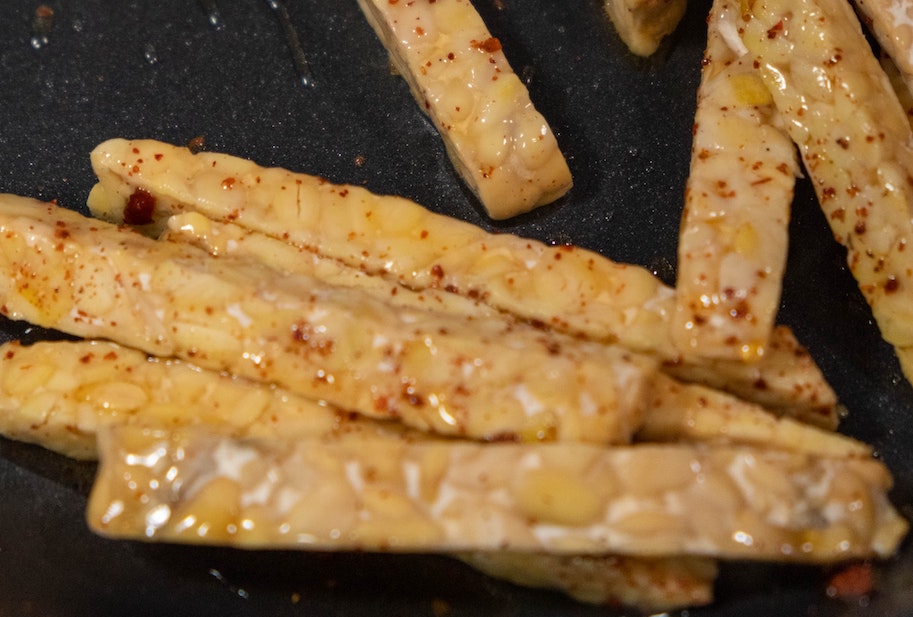
RELATED: Plant Protein Vs Animal Protein: What’s the Difference?
As a final note, foods like pickles, cheddar, gouda, and sourdough bread are often listed as probiotic-rich foods. That said, they are typically so processed post-fermentation that there are not enough live microorganisms left at the time of consumption to promote any health benefits. Cottage cheese is also often included in the conversation, but only some brands add live bacteria to the makeup and there are no mandates to include them (like there are with yogurt).
We also caution readers against consuming unpasteurized dairy products like cheese or milk. Though they do contain microbes, consuming these products can carry a large risk of foodborne illnesses. A healthy gut is one thing, but it’s not worth getting sick over.
The Benefits of Probiotics
Over the years, fermented foods have been credited with the ability to solve practically every ailment under the sun. Though the science surrounding these live bacteria is still relatively new, there are some health claims that have more research behind them. Below are some of the top perks associated with probiotics.
May Prevent Antibiotic-Associated Diarrhea
When taking antibiotics for a bacterial ailment, these medications tend to wipe out all the bacteria in the microbiome—bad and good. This can cause an overgrowth of harmful bacteria that can pull water into the gut and damage the gastrointestinal lining, leading to potential ailments like diarrhea.
Some studies2 show that taking probiotics can reduce antibiotic-associated diarrhea in as little as two days, and that any species and strains of probiotics might reduce the risk of this type of diarrhea by 51%.
Can Ease Symptoms of Digestive Disorders
Probiotics can be effective tools to help prevent conditions like stomach pain, bloating, and constipation—all of which are symptoms of irritable bowel syndrome (IBS).
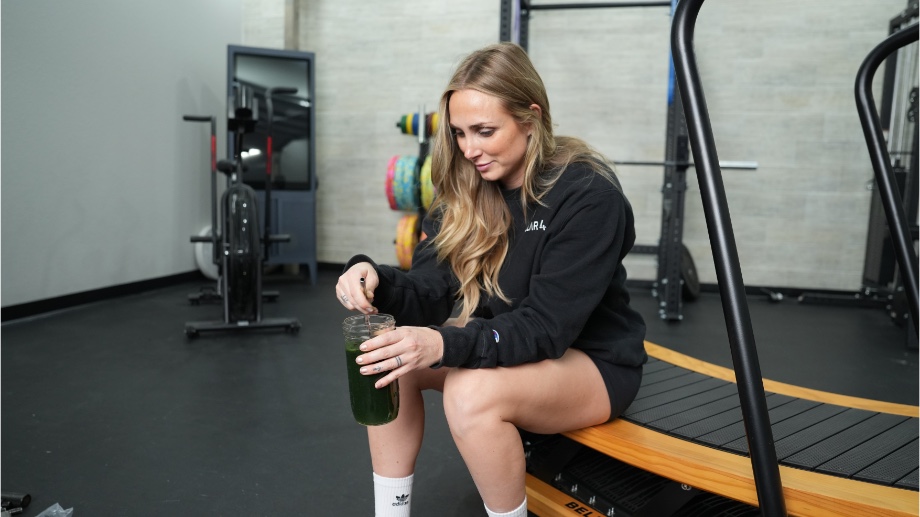
It’s been posited that the ability of probiotics to restore a healthy balance of microbiota in the gut can help heal the intestinal inflammation that may exacerbate these symptoms. Specifically, Enterobacteriaceae, a bacterial species known to be pro-inflammatory, appears to be present in larger amounts3 in those with IBS. Researchers have found that beneficial bacteria like Lactobacillus and Bifidobacterium can reduce the population of the bad bacteria that ails those with IBS.
May Help Boost Mental Health and Mood
Over the last decade, research has looked more and more into what’s known as the “gut-brain axis.” Recent discoveries have revealed an established communication network between the gastrointestinal tract and central nervous system. These findings, in turn, strongly suggest a potential link between mental disorders and gut health.
RELATED: Exercise and Mental Health
In particular, it has been shown that changes in your gut microbiota can influence neurotransmitter release, neuroinflammation, and behavioral responses, most notably in those who suffer from depression. The genus Akkermansia muciniphila4, in particular, seems to have the most impact on the gut-brain axis, but research is still ongoing.
Potential Side Effects of Probiotics
Probiotic-rich foods and probiotic supplements are generally viewed as safe to consume for a majority of the public. That said, some camps may be more prone to potential probiotic side effects such as GI distress, bloating, or interactions with medications. Children, older adults, or immunocompromised individuals should seek out medical advice from a respected healthcare professional before adding these good bacteria to your regimen.
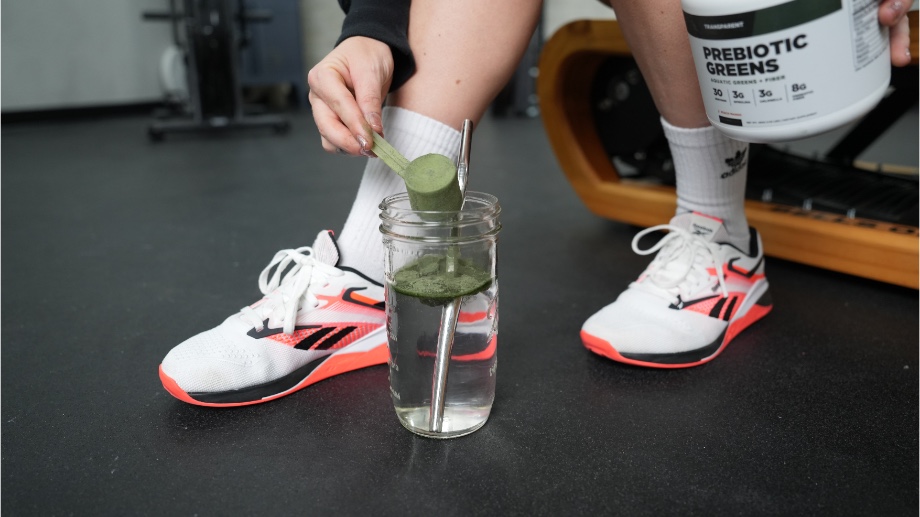
“In the event that you experience persistent or severe gastrointestinal symptoms, such as chronic diarrhea, bloody stools, unexplained weight loss, or intense abdominal pain, it’s advised that you consult a health professional,” states Dr. Raj Dasgupta, MD. “Immunocompromised individuals or those with underlying health conditions may need to take special precautions, as well.”
Dr. Dasgupta also gives insight into the use of probiotics for pregnant women. “Women who are pregnant are generally safe with probiotics, especially if they come from natural sources such as yogurt,” GGR’s Chief Medical Advisor explains. “Probiotics, however, should not be taken during pregnancy without consulting with your healthcare provider—just like with all other dietary supplements.”
What Foods Have Probiotics: FAQs
What foods are the highest in probiotics?
Fermented milk products like yogurt and kefir are the foods that naturally have the highest content of probiotic bacteria.
Which fruits have probiotics?
Fruits generally do not contain beneficial live bacteria, but they can be a good source of prebiotics—special sorts of fibers that feed the gut microbiome. In turn, adding some fruit to your nutritional plan can subsequently promote better gut health.
Do probiotics help clean out your gut?
Probiotics do not “clean out” the gastrointestinal tract, but they can play a role in a healthier digestive system that supports regularity.
What drink has a lot of probiotics?
Kombucha is a fermented tea known to have a high concentration of probiotics. Other examples include kefir, buttermilk, and probiotic-infused juices.
References
- Homayoni Rad A, Vaghef Mehrabany E, Alipoor B, Vaghef Mehrabany L. The Comparison of Food and Supplement as Probiotic Delivery Vehicles. Crit Rev Food Sci Nutr. 2016;56(6):896-909. doi:10.1080/10408398.2012.733894
- Goodman C, Keating G, Georgousopoulou E, Hespe C, Levett K. Probiotics for the prevention of antibiotic-associated diarrhoea: a systematic review and meta-analysis. BMJ Open. 2021;11(8):e043054. Published 2021 Aug 12. doi:10.1136/bmjopen-2020-043054
- Staudacher HM, Whelan K. Altered gastrointestinal microbiota in irritable bowel syndrome and its modification by diet: probiotics, prebiotics and the low FODMAP diet. Proc Nutr Soc. 2016;75(3):306-318. doi:10.1017/S0029665116000021
- Gao J, Zhao L, Cheng Y, et al. Probiotics for the treatment of depression and its comorbidities: A systemic review. Front Cell Infect Microbiol. 2023;13:1167116. Published 2023 Apr 17. doi:10.3389/fcimb.2023.1167116


